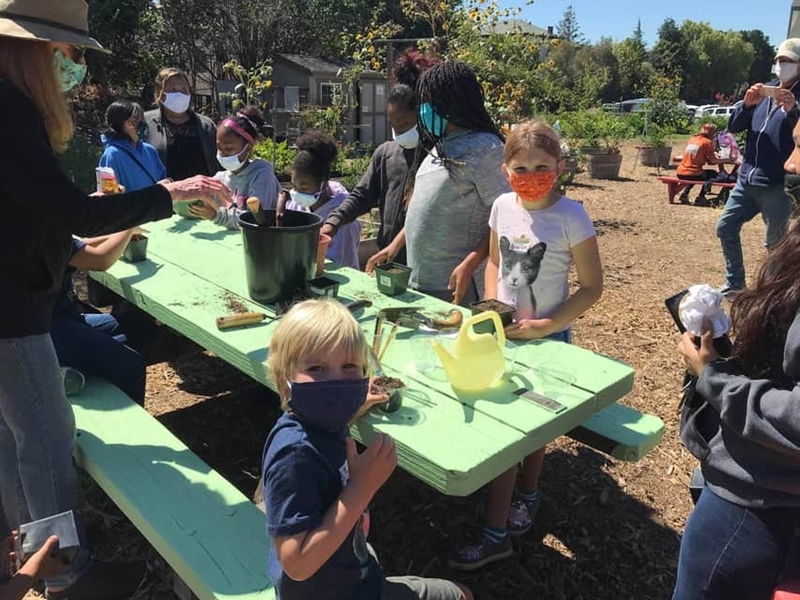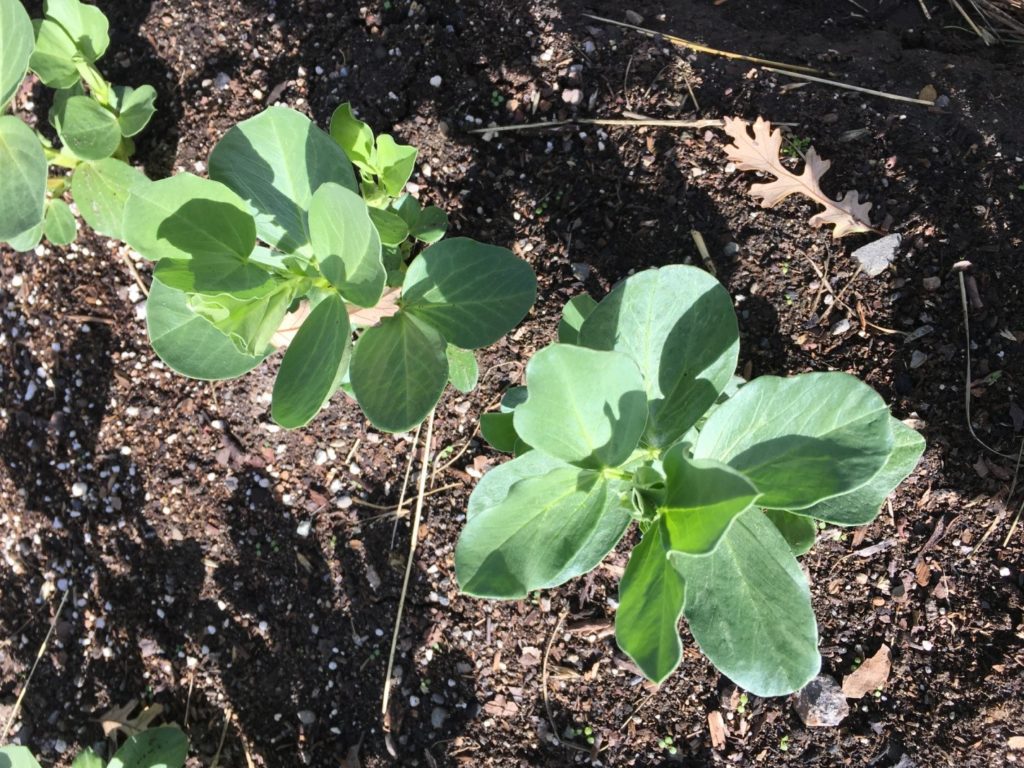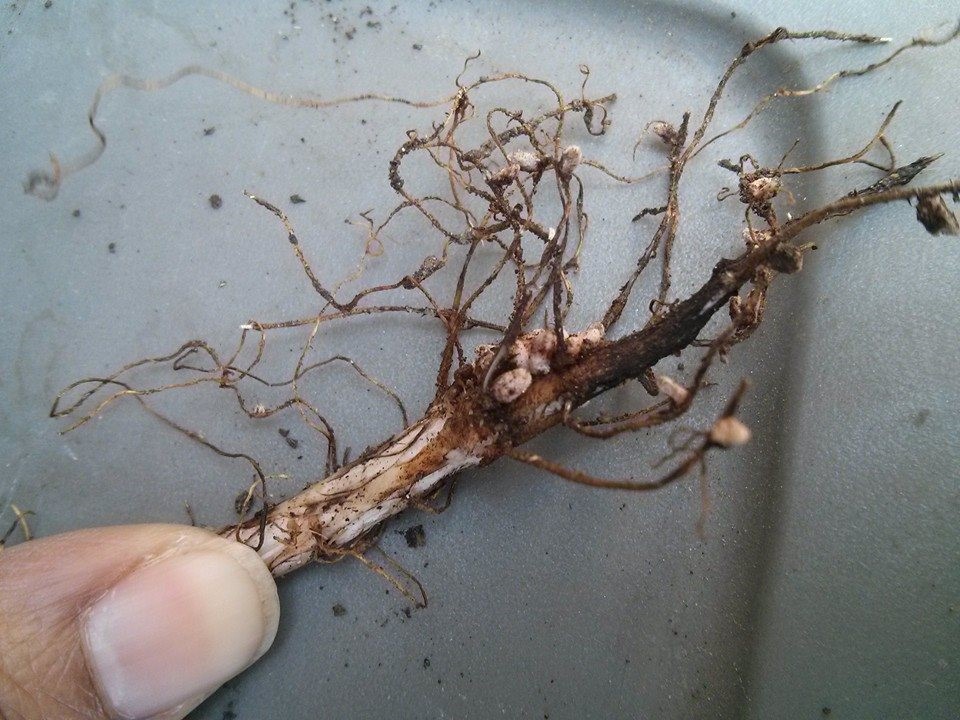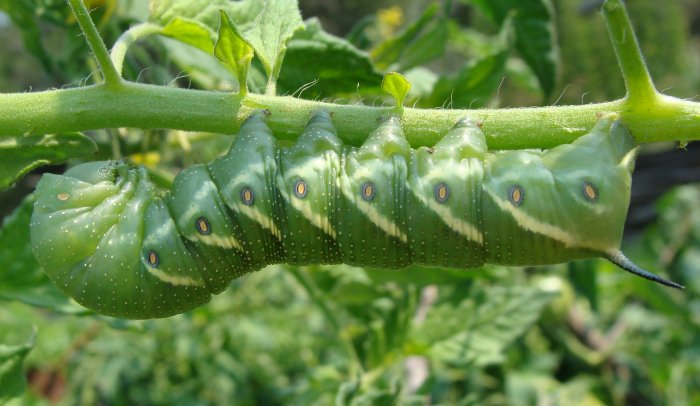Thank you all for tuning into the webinar last month. It was wonderful to chat with you and answer your questions about regrowing vegetables from kitchen scraps! More great questions came in through the chat box after the talk so we wanted to make sure we answer a few more here regarding transplanting your vegetables from a container of water to soil, more specifics on regrowing particular vegetables, and questions about starting seeds.
Regarding Transplanting: Some folks were curious about leaving the vegetables they are regrowing in water or transplanting them to soil. I recommend transplanting the following vegetables to soil as a more permanent location — scallions, celery, bok choy, and all of the herbs we discussed (chives, cilantro, basil, mint, and parsley). This will save you from having to remember to change out the containers of water every other day and it gives the vegetables a chance to thrive in a lasting location. However I would keep the romaine lettuce in water since you are only going to get one “harvest” from it.
Getting specific on Regrowing: A question came in about regrowing a celery stalk that is starting to go limp. There is a trick to keeping your celery nice and crisp and that is keeping it hydrated! Wrap the stalk tightly in aluminum foil so moisture cannot escape. If it’s already going limp, you can revive it by soaking it in cool water for a few hours. Once you’ve revived the limp celery stalk, be sure to regrow the end! New shoots will appear after several days. It can be transplanted to your garden to grow a new stalk over the course of a few months.
Another question came through wondering if lemongrass could also be regrown using these methods. Lemongrass is a wonderfully fragrant herb and after you have used the top, you can regrow the leaves. Place the stem of the lemongrass into a clear glass with enough water to cover the roots. Place the glass in a sunny window and replace the water at least every other day. After the lemongrass re-shoots new leaves, you can plant it out in your garden.
More questions came in regarding regrowing lettuce. Romaine lettuce works best for this experiment but you can certainly try a head of lettuce. Once roots grow from the stump, new leaves will begin to form. You are going to get all you can out of it after 10-12 days — definitely not a new head of lettuce but enough to top a sandwich or two!
Folks were curious about regrowing garlic. A method I like to use is placing the cloves of garlic in a cup (in a sunny window) root side down, with a little water on the bottom. I change the water everyday. In about a week, the cloves will start to sprout at the top and grow roots on the bottom. Now I’m ready to transplant them into the soil. I plant them 6 inches apart in good potting soil with drainage. They should be watered every time the top inch of soil dries out. Growing garlic is a game of patience as they won’t be ready to harvest for 6-9 months, however the cloves will MULTIPLY in the ground, forming new bulbs!
Finally let’s address some of your questions on starting seeds you are collecting in your kitchen. One participant wanted to know if cucumber seeds should be saved using the same methods we demonstrated for tomatoes. You can certainly give this a try, however avoid using seeds from cucumbers labeled “hybrid” as they are often sterile. You would want to let the cucumber seeds ferment in warm water for a few days so the gel coat that surrounds the seed will be removed.
We talked about growing lemon seeds from organic lemons, and how the seeds should be rinsed of all sugars and then planted while moist. A participant wanted to know how long it would take to produce a lemon in this way. It truly depends on a variety of factors, it could take anywhere from 3-10 years, or it may never produce fruit as seeds are not always dependable. The health of the seedling depends on its location, the amount of sunlight it receives, the amount of water it receives, if it’s growing indoors/outdoors, etc.
You can also grow an avocado at home from the pit. You will remove and clean the pit, and then identify the ‘top’ and ‘down’ ends (the top is where it will sprout and will be pointier and the bottom is where the roots will grow and will be flatter). Pierce the pit with 3 toothpicks and place it half submerged in a cup of water, bottom side in the water. Change the water regularly to prevent fungal growth, and once the sprout has grown to about 6 inches long, you can transplant it to soil. This may take anywhere from 2-8 weeks. The more sun, the better for your avocado plant! This plant may never produce fruit, and if it does it may not be quality produce, however it is a lovely (and free!) houseplant to grow.
Thank you all again for your wonderful questions, for your beet recipes, and your courageousness to try new methods for making the most out of your produce. Always remember, “There are no mistakes in gardening, only experiments!”

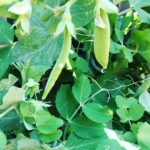 The idea of being a successful gardener to some may seem like a daunting enterprise. Maybe you think it’s too expensive or that you possess a “brown thumb?” Seeds or starts? In-ground or containers? Hand-watering? Drip irrigation?
The idea of being a successful gardener to some may seem like a daunting enterprise. Maybe you think it’s too expensive or that you possess a “brown thumb?” Seeds or starts? In-ground or containers? Hand-watering? Drip irrigation?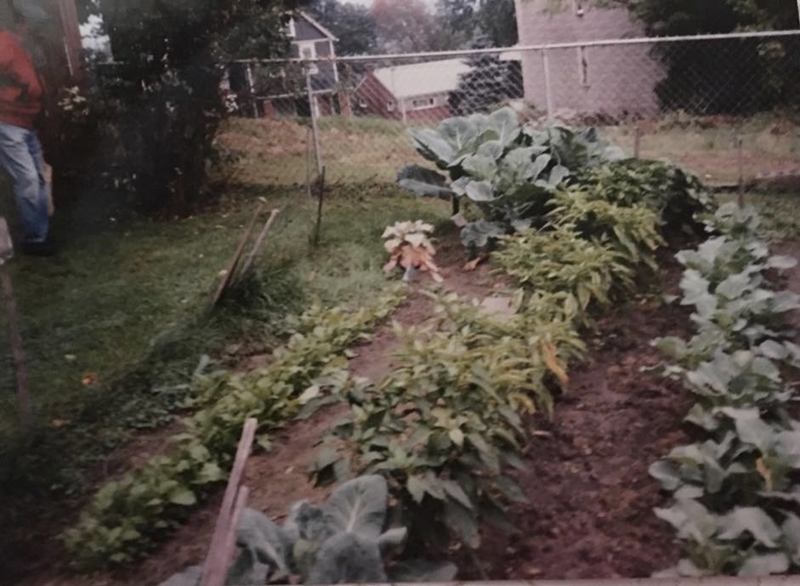

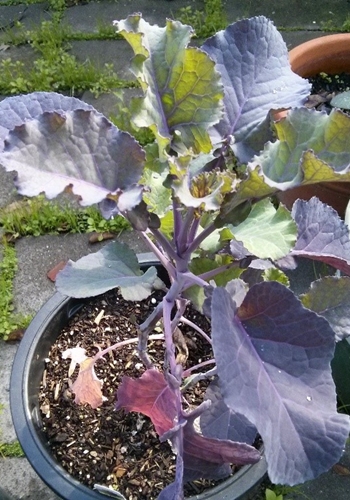

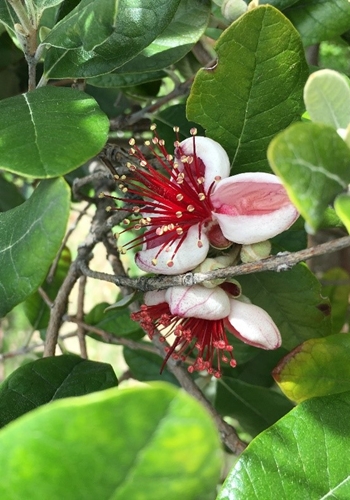
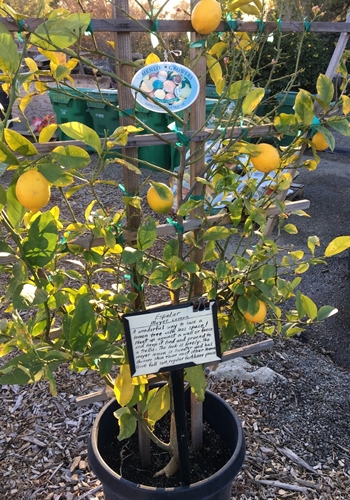
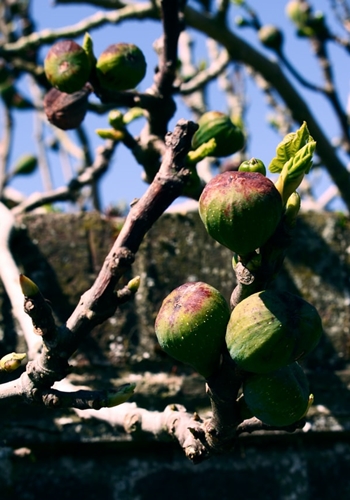
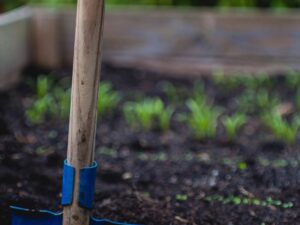
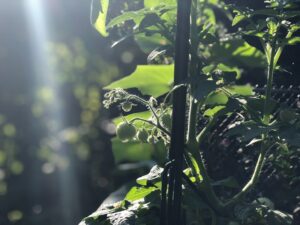
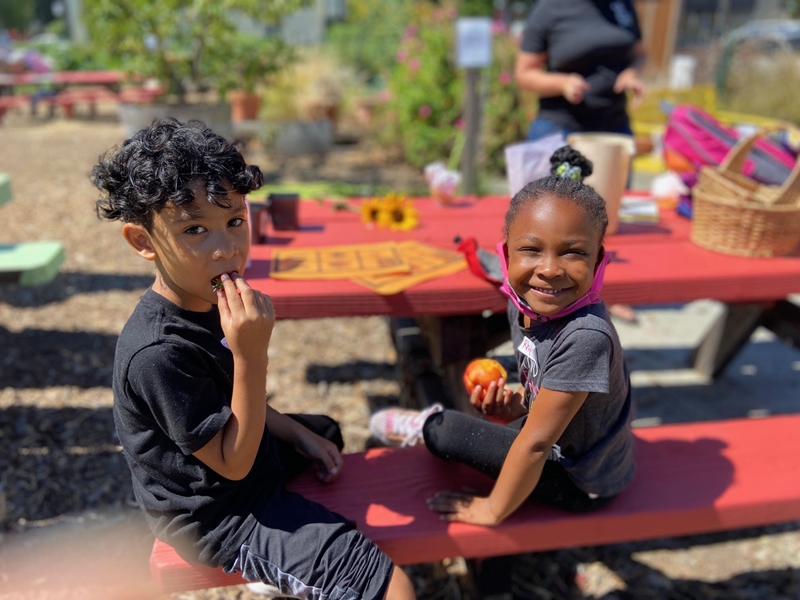
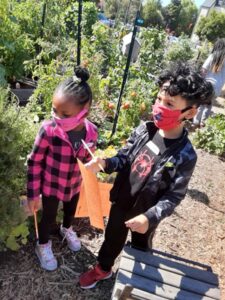 Bright orange ribbons rippled in the morning breeze identifying the ready garden plots as eager young hunters assembled to make their way through maze of Avant Garden. With yellow cards for ticking off their discoveries in one hand and bags to retrieve goodies in the other, 12 masked explorers between the ages of 5 and 11 gathered, in a COVID-19-compliant manner, on a sunny July day to escape the confines of pandemic restrictions and have some plain old outdoor fun. Raised garden beds chockful of tomatoes, cucumbers, zucchini, and yellow squash and the larger Avant share plot scattered with Halloween-sized orange pumpkins and red peppers, were fair game for the young hunters.
Bright orange ribbons rippled in the morning breeze identifying the ready garden plots as eager young hunters assembled to make their way through maze of Avant Garden. With yellow cards for ticking off their discoveries in one hand and bags to retrieve goodies in the other, 12 masked explorers between the ages of 5 and 11 gathered, in a COVID-19-compliant manner, on a sunny July day to escape the confines of pandemic restrictions and have some plain old outdoor fun. Raised garden beds chockful of tomatoes, cucumbers, zucchini, and yellow squash and the larger Avant share plot scattered with Halloween-sized orange pumpkins and red peppers, were fair game for the young hunters.